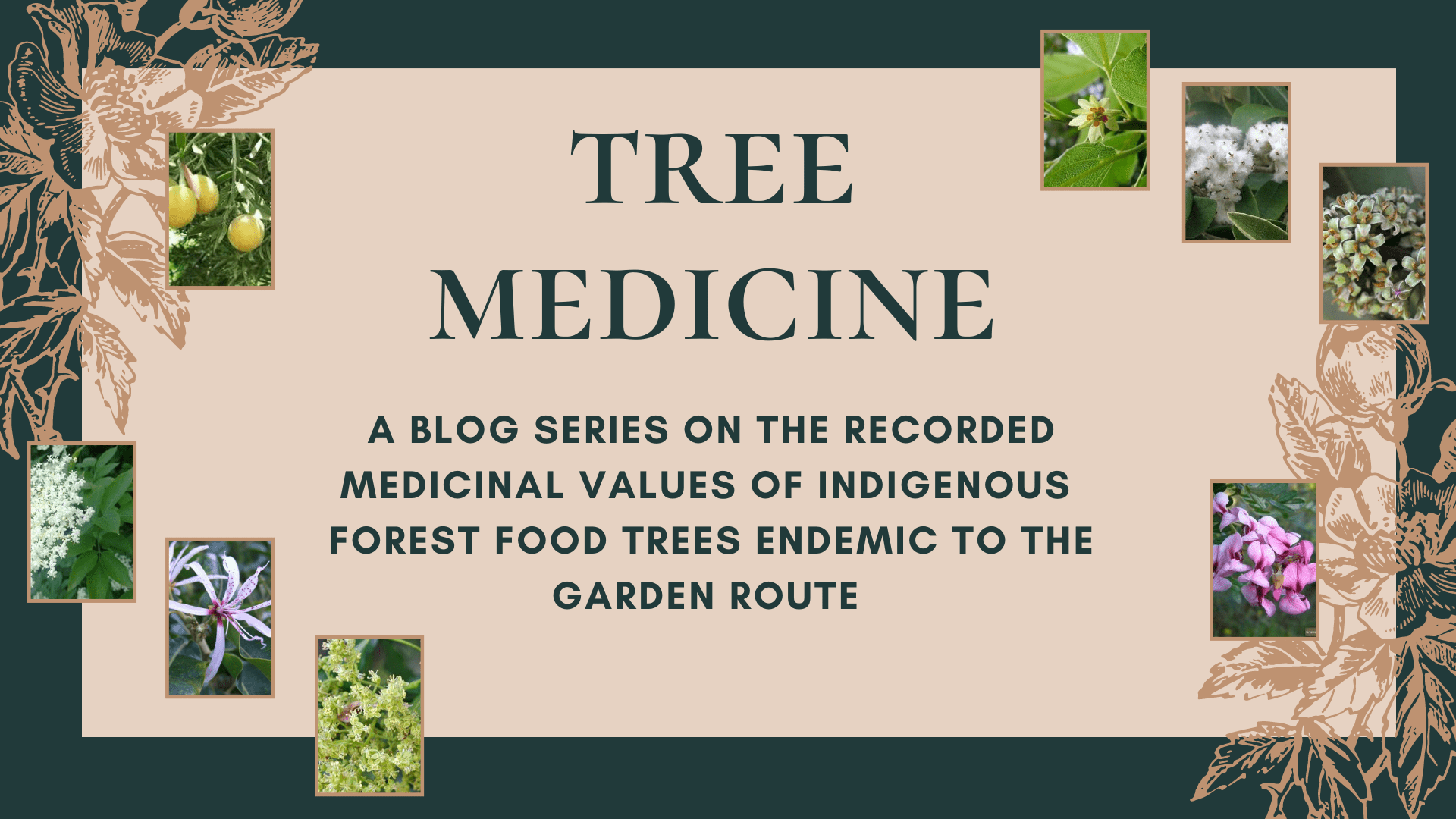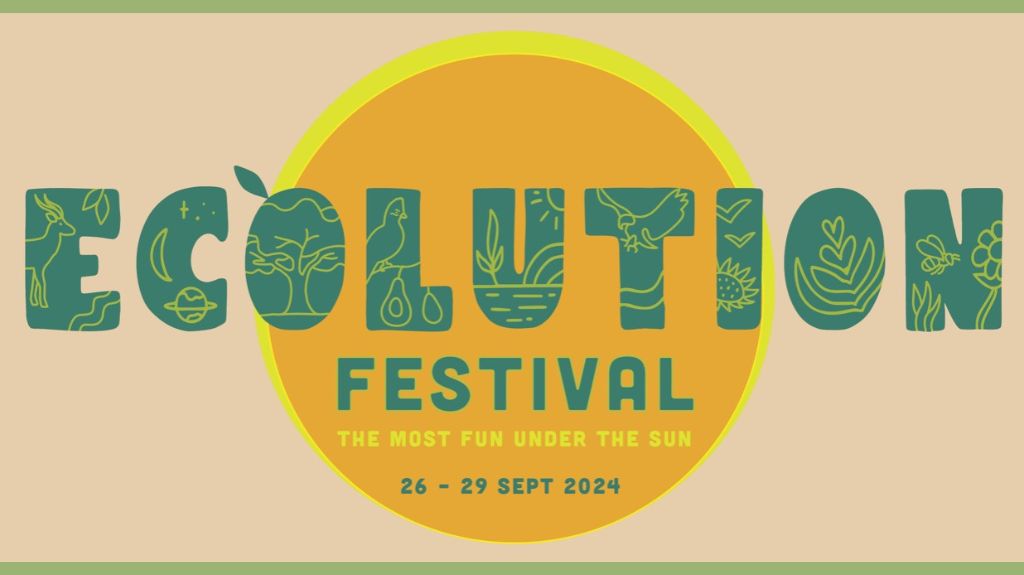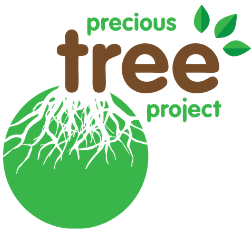
From the start of our activities, and as part of our ongoing mission to assist the natural regeneration of our local forests, we have focused on planting out indigenous forest trees in the form of mini “bio-mimicked forest patches” that emulate the larger endemic forest regions found in the Garden Route. The mini “forest patches” being planted out comprise a variety of different trees that are indigenous to the Garden Route and endemic to the planting sites selected.
As more media attention is being given to the important role that trees and forests play in our lives, many of us are becoming more aware of the apparent and not so apparent benefits that forests and trees play in the overall health & wellbeing of all life on the planet … bringing biodiversity to a region, creating havens and a source of food for insect and wildlife, filtering our soils, air and water, absorbing carbon & releasing oxygen … all as the forest grows and matures.
Health professionals themselves are increasingly recommending a re-connection to the natural environment and promoting natural alternatives such as walking in nature, taking a forest bathe, meditating under a tree and breathing in phytoncides (immune boosting compounds released by trees) for emotional and mental wellness.
What many of us do not know is that many trees also offer medicinal values that have been recorded over the years. We do not normally think of trees for their medicinal values, but like most herbal and plant medicines, many trees themselves have a range of medicinal values and can be used in the same way as other herbal preparations – infused teas, tinctures, oils, concoctions, salves and poultices – to alleviate certain ailments.
If you live in the Garden Route and you are interested in some of the medicinal values that many of our local indigenous forest food trees have been recorded to offer, watch this space!
Related Posts

ECOLUTION FESTIVAL at Well-Being Sanctuary: 26-29 September 2024
BE THE CHANGE… you want to see in the world. Welcome to ECOLUTION, a celebration of nature, sustainability, and community! An…

